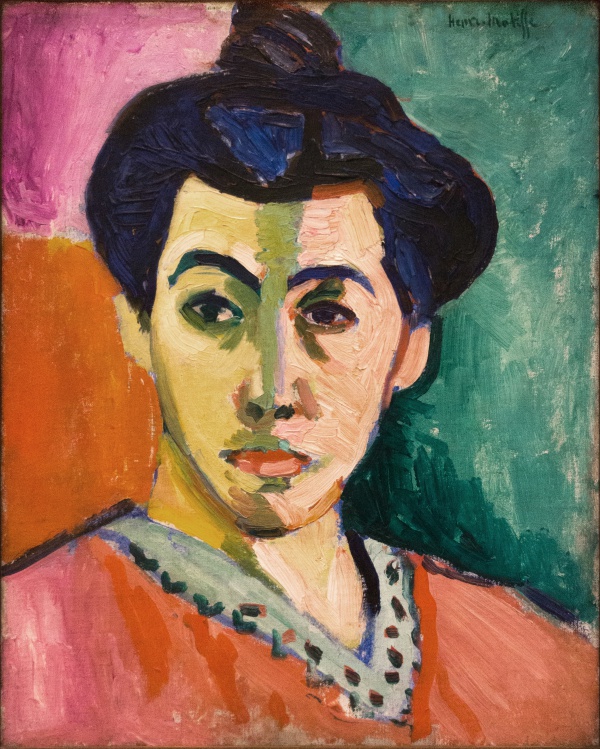Facts About Green Stripe
"The Green Stripe" also known as "Portrait of Madame Matisse. The Green Line" is a captivating painting by Henri Matisse that features his wife, Amélie Noellie Matisse-Parayre. Created in the autumn or winter of 1905, this oil on canvas is renowned for the bold green band that bisects Amélie's face. Matisse employed this green stripe to depict light, shadow, and volume in a groundbreaking manner, eschewing traditional shading techniques. At the time, this approach was both innovative and controversial.
When the painting was exhibited in Paris in 1906, it was associated with Les Fauves, a group of artists, including André Derain and Maurice de Vlaminck, whose works often attracted harsh criticism.
"The Green Stripe" has elicited strong reactions from both critics and admirers. Some have found the image disturbing. A friend of the painting's owners once described it as "a demented caricature of a portrait." In 1910, critic Gelett Burgess suggested that Matisse's portrayal of Amélie was a form of "punishment" rendering her in a bizarre and unsettling manner. Art historian John Klein has speculated that the impersonal, mask-like quality of the portrait might reflect difficulties in the Matisses' marriage at the time.
Today, "The Green Stripe" is housed at the Statens Museum for Kunst in Copenhagen, Denmark. It remains a significant piece in Matisse's oeuvre, showcasing his innovative use of color and form to create a striking and unconventional portrait of his wife.

 Germany
Germany